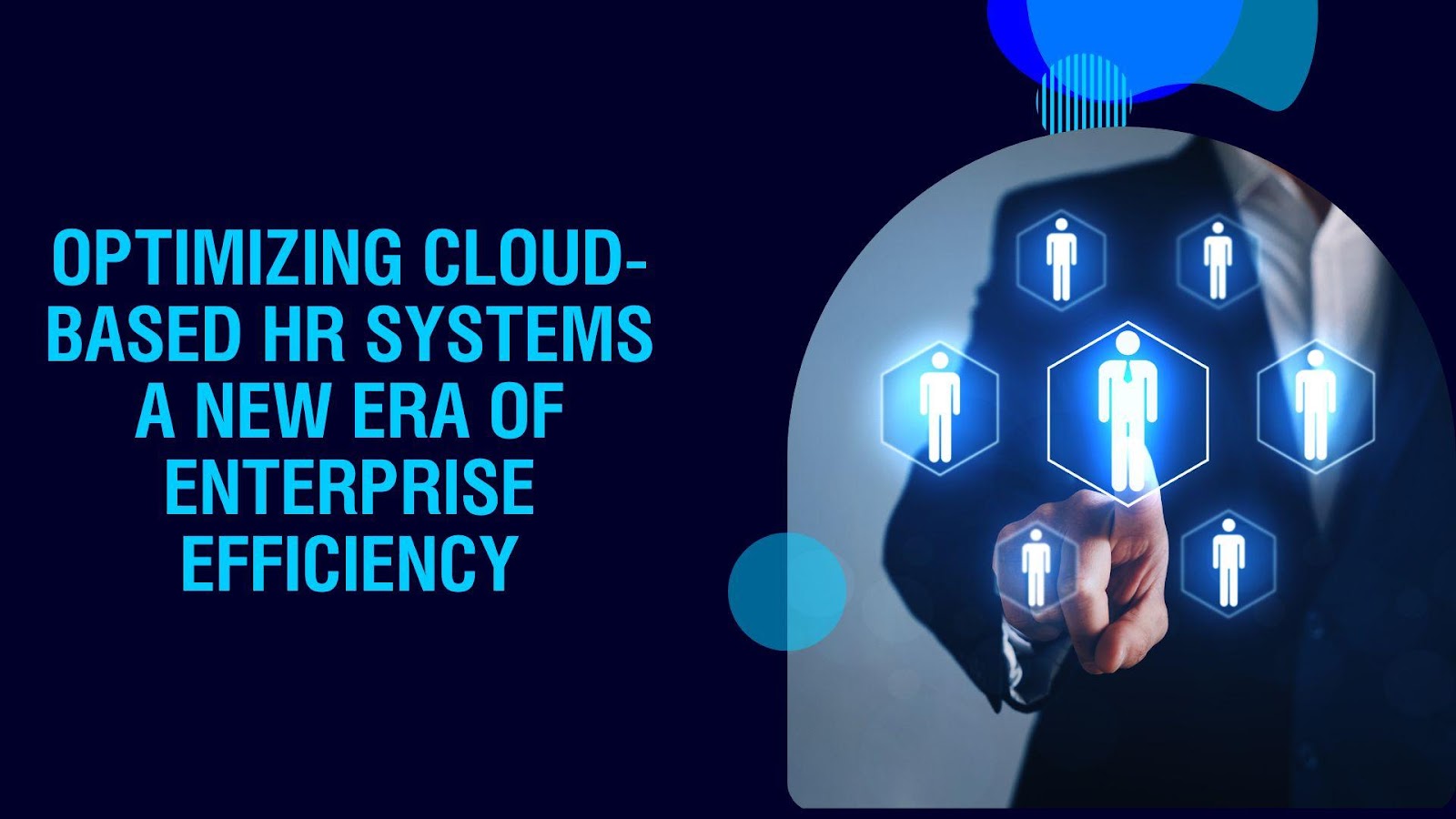The fusion of innovation and digital prowess is reshaping enterprise efficiency like never before. Manivannan Ramar, a renowned expert in cloud-based enterprise solutions, has introduced groundbreaking insights into integrating Visual Builder Cloud Services (VBCS) and Oracle Integration Cloud (OIC) with Human Capital Management (HCM) systems. His research showcases how digital transformation is redefining operational efficiency, document management, and workflow automation, paving the way for a more seamless and intelligent enterprise ecosystem. These advancements mark the dawn of a smarter, faster, and more adaptive corporate world.
Revolutionizing Enterprise Application Design
The introduction of Redwood design principles in cloud-based enterprise applications has reshaped the way organizations approach digital transformation. By integrating advanced design frameworks with VBCS and OIC, businesses have enhanced collaboration and achieved higher efficiency in cloud-based operations. This transformation has led to a significant reduction in manual intervention, improving data accuracy and user engagement in enterprise workflows.
Enhancing User Experience with VBCS
VBCS has emerged as a critical component in custom application development, enabling organizations to create intuitive and responsive user interfaces with minimal coding. Studies indicate that applications built with VBCS offer a 92.4% user satisfaction rate, driven by a consistent experience and seamless workflow integration. Additionally, the low-code environment of VBCS has reduced time-to-market by 67.5%, significantly expediting application deployment and adoption.
Streamlining Workflows with Oracle Integration Cloud
The integration of OIC as a backbone for cloud-based enterprise applications has revolutionized data synchronization and process automation. Processing an average of 47.3 million daily transactions with a 99.97% success rate, OIC ensures that businesses experience fewer operational disruptions. Automated workflows powered by OIC have reduced daily task completion times by 3.2 hours per employee, further driving efficiency and reducing costs associated with manual data handling.
Achieving Higher Accuracy and Efficiency
The impact of cloud integration extends beyond workflow automation, significantly enhancing data accuracy and decision-making capabilities. Organizations leveraging integrated document management systems have improved decision-making efficiency by 82.5%, with processing times reduced from an average of 8.4 days to 2.1 days. The improved data reconciliation process has led to a 44.3% decrease in error rates, ensuring that businesses maintain high compliance standards across various operational frameworks.
Automating Financial Processes for Cost Savings
One of the most notable benefits of cloud-based integration is its impact on financial operations. Automated validation systems within enterprise HCM platforms have demonstrated a 99.98% accuracy rate in payment processing, surpassing industry benchmarks. This level of precision has prevented financial discrepancies, saving businesses millions in potential error corrections. The efficiency gains from automation have translated into a 42.8% reduction in integration infrastructure costs, reinforcing the long-term viability of digital transformation investments.
Redefining Employee Empowerment
Enterprise cloud integration has not only optimized backend operations but also transformed employee interactions with HR systems. Training requirements have been significantly reduced, with new users achieving system proficiency 2.8 times faster than with traditional applications. Integrated solutions have also streamlined complex HR processes, such as employee onboarding and promotion management, cutting process times nearly in half while ensuring compliance with regulatory frameworks.
Security and Compliance at the Forefront
Security remains a critical concern in enterprise cloud adoption, and integrated systems are addressing this challenge through advanced security protocols. AI-driven threat detection systems have successfully identified and prevented 99.997% of security breaches in real-time, reducing false positives by 92.8%. Compliance monitoring frameworks have further strengthened enterprise data protection, ensuring that organizations meet global regulatory standards with 99.999% accuracy.
In conclusion, the integration of VBCS and OIC within enterprise HCM systems is setting a new standard for efficiency, security, and scalability. Businesses that embrace these innovations are positioned to drive digital transformation, reduce operational costs, and enhance employee engagement. As cloud technologies continue to evolve, organizations that adopt integrated solutions will remain at the forefront of industry advancements. This shift highlights the growing necessity for businesses to leverage digital tools for sustainable success. Manivannan Ramar’s insights into enterprise cloud integration serve as a blueprint for businesses aiming to optimize their digital infrastructure and unlock new levels of operational excellence.





























